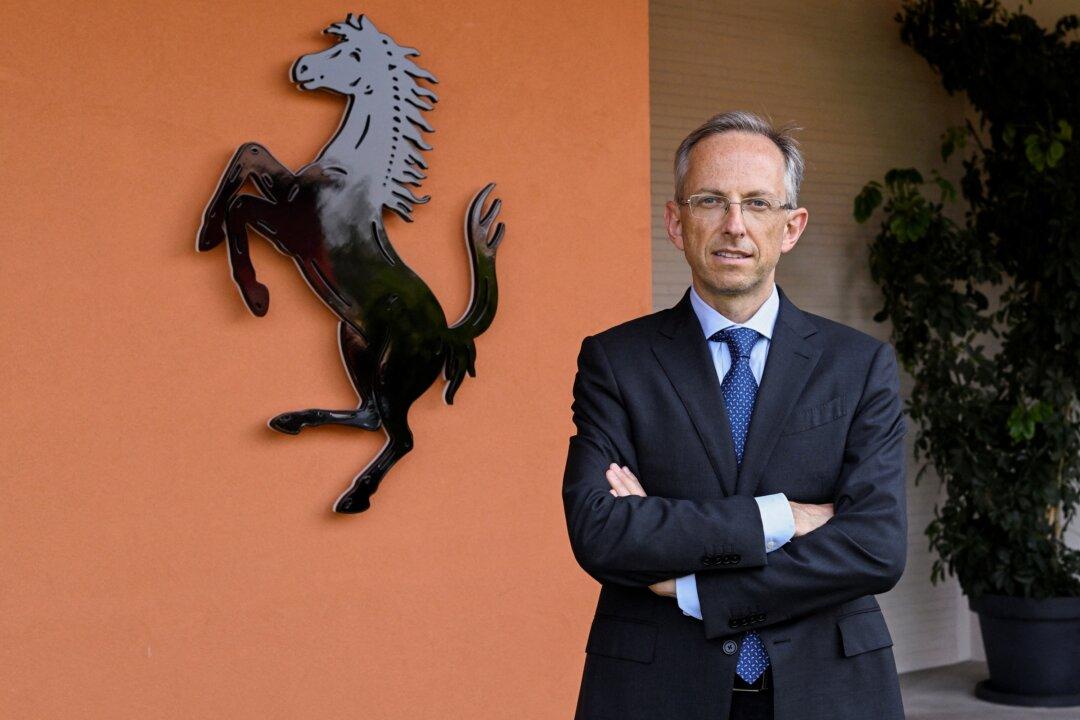MARANELLO, Italy—Electric and hybrid models should make up 80 percent of Ferrari’s sales by 2030, the luxury carmaker told investors on Thursday, vowing to produce “even more unique” cars as it makes the expensive shift to zero-emission driving.
“We believe we can use the electric engine to enhance the performance of our cars,” Chief Executive Benedetto Vigna said on Thursday as he unveiled the company’s long-awaited new business plan.





